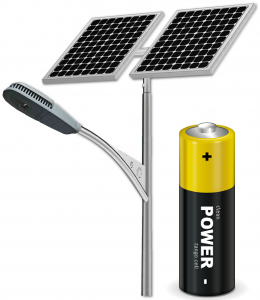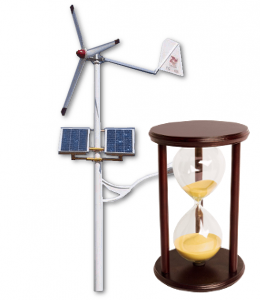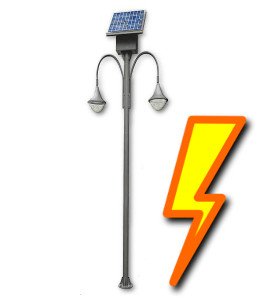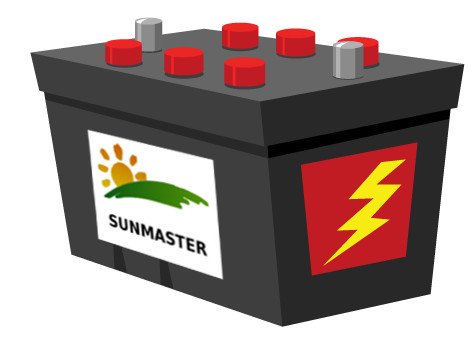How to Calculate Battery Capacity
for Solar System Off-grid
|
Last year during holiday period with some friends we planned to go to 5 days trekking in the wilderness. No food or water was available during the trip. So we had to figure out how much we had to carry with us. Not carrying enough food and water could be risky because we could run out of supplies. Carrying too much food and water would put too much weight in our backpack. It was not an easy decision. Finally, we decided to take high energy bars that would help us to have enough food with less weight. Maria and Paul decided to take canned food because they only planned to stay with us for 3 days. |
 |
A similar problem can arise when you design a solar system. Your battery must be big enough to supply your power needs but also small enough to reduce the total cost of the system.
How to calculate battery capacity for your solar system? You need two key pieces of information: energy consumption and days of autonomy
Follow these procedures when calculating the required battery capacity of your solar system.
Energy Consumption
|
The power consumption of electric appliances and equipment is generally measured in watts. To calculate total energy consumption, multiply the watts by the hours of use.
|
 |
Add up all the watt-hour values of every appliance in your home to know how much energy your household is consuming daily. You could also use your monthly electricity bill to estimate your energy consumption per day.
Days of Autonomy
|
How many days will your solar system run without sunshine? If you live in an area where there are plenty of cloudy and rainy days, your battery must have enough capacity to power your solar panels until the sun comes out. Two days of autonomy means that your batteries can supply continuous energy for two full days without charging. Standard days of autonomy are generally from two to five. |
 |
How much power can I take from a battery?
|
Unfortunately, you will never be able to take all the power from a battery. Each battery has a Depth of Discharge (DOD) rate to prevent them to be damaged. Check here to discover more about DOD
|
 |
How to calculate battery capacity for solar system
|
Now that you know that you know
You can easily calculate how many batteries you need. |
 |
Batteries needed (Ah) = Daily consumption (Ah) * Backup days * Annual correction factor 1,15 / DOD (%)
Annual correction factory compensates the fact that batteries will not be new forever, but their maximum power will be less over the years. Like the battery of your mobile phone, it is not so powerful as the first days you have used it.
Let’s make an example.
You need 100Ah every day with 3 days backup time using LiFePO4 batteries that have 80% DOD.
Batteries needed = 100 * 3 * 1,15 / 0,8 = 431 Ah
As when you are preparing yourself for a trekking in the wilderness, it’s very important that you know how to calculate battery capacity for the solar system, you can ensure maximum power-generating efficiency from your solar panels.






